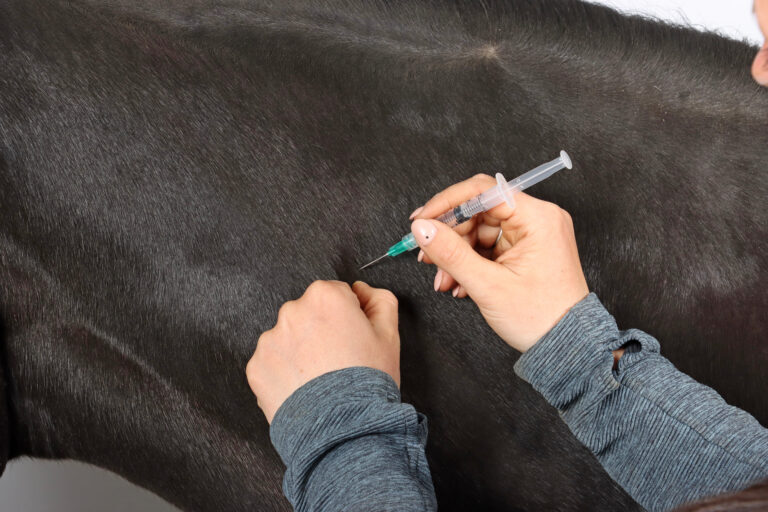
Equine gastric ulcer syndrome (EGUS) is a common and significant cause of morbidity in horses, with a range of clinical signs, including inappetence, colic and poor performance. Hospitalized horses are exposed to factors that may induce EGUS, including fasting and non-steroidal anti-inflammatory drug (NSAID) administration, and may be at risk for development of squamous (ESGD) and glandular gastric disease (EGGD). Prophylactic anti-ulcer medication is often prescribed for these patients, but drug selection is complicated by different etiology and response to treatment of ESGD and EGGD.
Recent research was published on this issue titled, “Effect of omeprazole and sucralfate on gastrointestinal injury in a fasting/NSAID model” and was authored by Rebecca C. Bishop, Ann M. Kemper, Pamela A. Wilkins, Annette M. McCoy. You can access this article from BEVA’s online library from Wiley.com.
The aim of this randomized crossover experimental study was to establish the efficacy of sucralfate or omeprazole used prophylactically in horses exposed to a combined feed-fast and NSAID administration EGUS induction protocol. You can access this research in the BEVA online library on Wiley.com.
Horses, with EGGD and ESGD scores ≤2 on initial endoscopy (n = 14) received either omeprazole (1 mg/kg per os q. 24 h) or sucralfate (20 mg/kg per os q. 8 h) while undergoing the feed-fast/NSAID protocol (alternating 24-hour periods of feed/fast for 7 days, and 5 days of 1.1 mgkg flunixin meglumine IV q. 12 h), were allowed an 8-week washout period. They then were administered the alternate treatment. Serial gastroscopy (Days 2, 4 and 7), ultrasound and hematology documented treatment effects.
ESGD and EGGD score increased over time under both treatments. There was a significant effect of treatment on EGGD scores (P <0.001), with post-treatment EGGD scores higher for horses receiving sucralfate (median 3; interquartile range 2.25,3) than omeprazole (1; 1,1). The effect of treatment on ESGD scores just achieved significance (P = 0.05), with post-treatment ESGD scores higher for sucralfate (4; 3,4) than omeprazole (2; 2,3).
Bottom Line: Omeprazole was superior to sucralfate for mitigating gastric lesion severity in healthy horses exposed to a feed/fast/NSAID model.

![[Aggregator] Downloaded image for imported item #18782](https://s3.amazonaws.com/wp-s3-equimanagement.com/wp-content/uploads/2025/11/03125751/EDCC-Unbranded-13-scaled-1-768x512.jpeg)
![[Aggregator] Downloaded image for imported item #18808](https://s3.amazonaws.com/wp-s3-equimanagement.com/wp-content/uploads/2025/11/06141153/EDCC-Unbranded-17-scaled-1-768x512.jpg)
![[Aggregator] Downloaded image for imported item #18383](https://s3.amazonaws.com/wp-s3-equimanagement.com/wp-content/uploads/2025/09/30141253/EDCC-Unbranded-29-scaled-1-768x512.jpeg)
